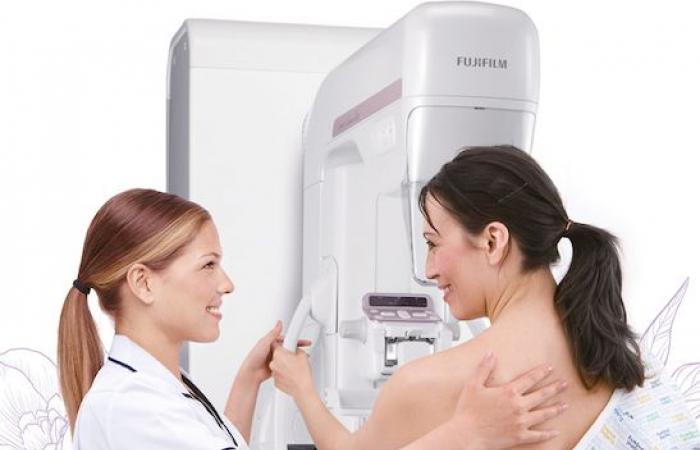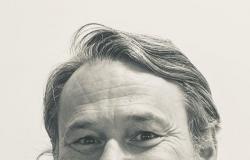As the participation of women in breast cancer screening is considered insufficient, Fujifilm Healthcare has created, to reassure them, flexible compression using an ergonomic shovel. We met the Women’s Imaging Product Manager for this company, Jean-Vincent Anger, at the SIFEM congress, who introduced us to the new mammograph which will be released for the next JFR and which will integrate adaptive compression for better sensation of the patients.
The participation of women in the organized breast cancer screening program, which has been around 50% for several years, is considered insufficient by our supervisory organizations. And to try to improve this ratio, radiology professionals are devising solutions so that patients can better accept the mammogram which is the basis of this screening.
Flexible compression as a factor in patient acceptance of mammography
This is how radiologists and electroradiology technicians (MERM) are evolving their practices towards more support for patients in this ordeal, via gentler gestures, more reassuring non-verbal communication, chosen words, even hypnosis sessions. Manufacturers in the sector are also introducing their innovations to try to make this breast examination more acceptable. For Jean-Vincent Anger, the feeling of compression is one of the obstacles to women’s return to organized breast cancer screening.
“For several years, research and development work on compression has been carried out at Fujifilm Healthcare, he specifies. So, we introduced flexible compression, which allows the scoop to adapt to the shape of the breast. This completely encompasses the breast and makes compression better accepted. As a result, women have a better feeling at the end of the exam. »
This polymethacrylate scoop, with flexible edges, conforms to the shape of the breast. Thanks to this ergonomics, the MERM can compress the breast a little more, which improves image quality. This benefits patient comfort, dose reduction and the quality of the exploration. It already equips a number of Fujifilm mammographs installed in the region and has attracted the approval of radiologists.
A new mammography modality integrating adaptive compression
With the arrival of the new mammograph which will be presented during the Francophone Days of Radiology (JFR), Fujifilm is going further thanks to the introduction of adaptive compression. “This modality will integrate a major innovation,” continues Jean-Vincent Anger. In practice, the MERM will position and compress the breast in a conventional manner, then activate a button which reduces compression by 30%. Thanks to this strategy, the patient is immediately relieved of this unpleasant sensation, which could also be painful”
This practice ensures identical image quality, since the compression reduced by 30% results in only 1 to 2 mm of decompression. The patient is immediately more relaxed and experiences her examination better, which helps encourage her compliance with the next screening.
Towards active participation of the patient for a better examination
“Our new mammograph will, without a doubt, be a factor in improving women’s participation in organized screening,” adds Jean-Vincent Anger. Especially since we have added to the system a button called “comfort”, which can be activated by the patient and from which she can carry out the compression herself. She will then be able to have a participatory attitude, while the MERM will ensure control of the correct final positioning of the breast before acquiring the image. This “comfort” button is sensitive and allows you to apply weak compression by gently pressing on it with the flat of your hand or stronger compression by applying more sustained pressure. »
Finally, this new mammograph will integrate some disruptive innovations to improve practices. “We are working on the introduction of tomosynthesis in breast cancer screening, with R&D, to improve the quality of the synthetic image, as recommended by the report from the High Authority of Health (HAS),” concludes Jean-Vincent Anger.
Comments collected by Bruno Benque







